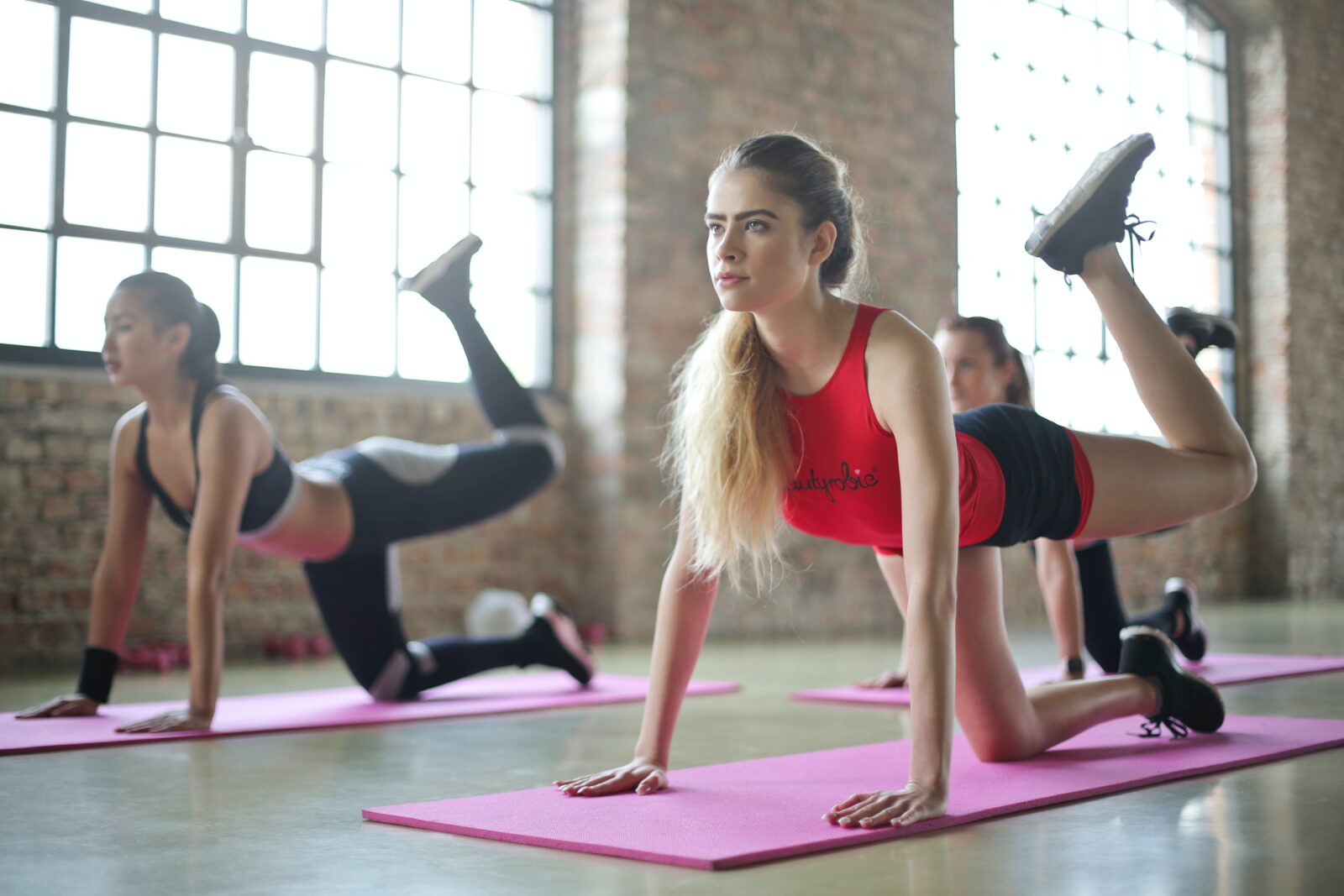You’ve set a goal to exercise more regularly, but you’re afraid of being injured. You want to exercise safely and take all the right precautions, but you’re not sure where to start.
Use these seven tips to make exercising safer so you can meet your fitness goals without worry.
- Wear proper clothing for the activity. If you’re wearing a loose t-shirt and baggy shorts during weight training, you could get hurt by accidentally catching on the equipment or by tripping over your clothes. Wear properly fitted clothes that won’t get stuck in machines or tangle around your feet.
- Wear proper footwear for the activity. Wearing running shoes for strength training activities does not allow you to use your feet properly and can lead to injury. When doing strength training on a hard surface, wear flat-bottomed shoes with a thin sole that allows you to feel the floor beneath your feet. When walking or jogging on a hard surface, wear shoes with a thicker, cushioned sole that absorb impact better than a thinner sole.
- Warm up. Stretching or light activity for at least 5 minutes before your workout can help reduce the risk of injury. It also boosts heart rate, blood flow and flexibility, which can all help you get more out of your workout.
- Cool down. Static stretching at the end of your workout may also reduce your risk of injury and improve flexibility.
- Stay hydrated. Drink plenty of water before, during and after workouts to avoid dehydration. You should have light-colored urine before exercising, and clear or light-colored urine after exercising.
- Be aware of your surroundings. When walking or running outdoors, pay attention to traffic and try to stay on sidewalks when possible. Also, keep a lookout for any uneven surfaces or obstacles that could cause you to trip and fall.
- Avoid distractions while exercising. Keep the volume low on your headphones so you can hear approaching traffic when running outside, or pay attention to the incline and resistance levels on cardio machines at the gym so they don’t get too high too quickly.























Leave a Reply